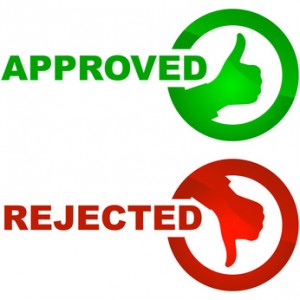Visitor Tracking Solution Integrates with Live Chat from JivoChat
 Dallas, TX – This week, sales and marketing solutions provider Lead Liaison announces an integration with third-party live chat software, JivoChat. The integration is said to help businesses build a more comprehensive digital DNA of prospective customers, leading to more prosperous engagements.
Dallas, TX – This week, sales and marketing solutions provider Lead Liaison announces an integration with third-party live chat software, JivoChat. The integration is said to help businesses build a more comprehensive digital DNA of prospective customers, leading to more prosperous engagements.
JivoChat’s solution enables businesses to engage visitors in real-time using embedded chat widgets. “Our goal is to streamline customer communication and assist companies in further strengthening their relationships with prospective customers,” says Pavel Sikachev, US Country Manager at JivoChat.
Sikachev continues, “Our integration with Lead Liaison empowers businesses to create more comprehensive buyer personas and tailor their communication accordingly.”
Lead Liaison’s integration with JivoChat enriches anonymous Prospect Profiles with key information from chat interactions. Initially, all visitors to a company’s website are anonymous. Preliminary tracking can only provide company, location, and website activity like page visits, for example.
With Lead Liaison’s JivoChat integration, visitors are converted from anonymous to known Prospects. When a chat begins, the chat system collects contact information such as name, email, and more. The contact information is added to the anonymous record to identify the individual.
In addition to enriching the Prospect record, Lead Liaison logs chat activity, such as when the chat begins and ends, along with the chat content. When a chat occurs Prospects are automatically scored, as well.
“Our software is created as a result of client needs,” says Will King, Technical Account Manager at Lead Liaison.”The integration with JivoChat’s live chat software was no different. One of our clients in Europe is a supplier for soundproofing and acoustic insulation. They’ve been using JivoChat and Lead Liaison’s visitor tracking solution for a while and needed the two systems to talk together. We built a Universal Chat Connector that supports JivoChat and any live chat software in the market. We couldn’t be more thrilled to release this enhancement to our ever-growing customer base.”
Lead Liaison also offers integration with other 3rd party chat systems, such as Drift, Intercom, Olark, LivePerson, LiveChat, and more.
About Lead Liaison
Lead Liaison provides cloud-based sales and marketing automation solutions that help businesses accelerate revenue by attracting, converting, closing and retaining more prospects. Filling a void in the small pool of automation providers that focus on marketing-centric functionality, Lead Liaison gives equal focus to sales providing sophisticated visitor tracking and sales automation to boost sales effectiveness. Additionally, Lead Liaison is the global leader in event lead management, enabling companies to capture and manage leads from trade shows and events. Lead Liaison blends ease-of-use, a flexible architecture, deep external integration, marketing across social, web, mobile, email and offline channels and powerful functionality into a single platform, called Revenue Generation Software®. Lead Liaison is headquartered in Dallas, Texas. For more information, visit http://www.leadliaison.com or call 1-800-89-LEADS (895-3237). To access our Press Kit, visit www.leadliaison.com/press-kit.











